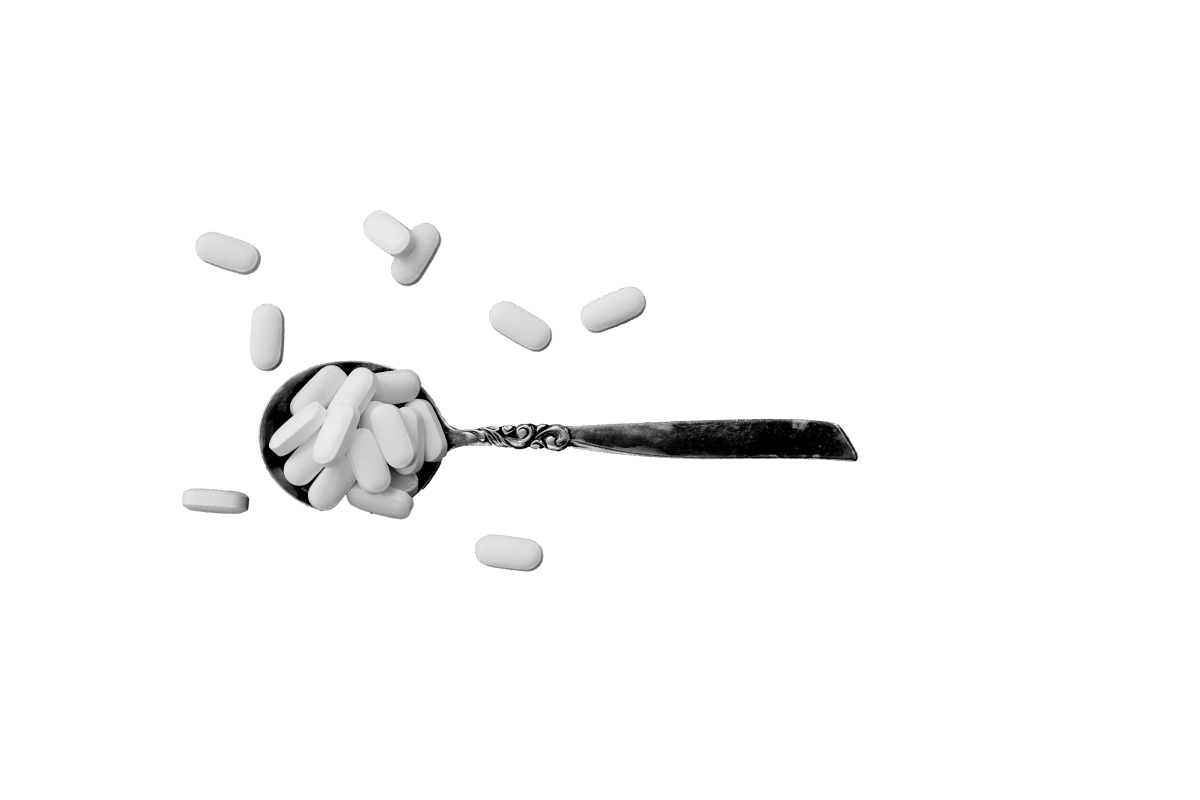To many, lo-fi already sounds like something a BedStuy hipster would come up with while waiting for their fair-trade matcha-latte.
The word refers to “low fidelity”, a term used to describe audio recordings which contain technical flaws and often sound subpar when compared to the live sound being recorded. The discrepancy in quality may be attributed to anything from distortion to background noise, or even a limited frequency response of the recording devices themselves.
The word—and genre—rose to popularity in the late 1980’s when William Berger, a DJ of New Jersey’s WFMU radio station, began dedicating a half-hour of his segment to play home-recorded music. According to Anthony Carew, Berger focused “the disparate strands of underground cassette-culture into a movement with a singular identity”. He called the show Lo-Fi.
Today, lo-fi most commonly refers to a gray area where chill-hop, “glo”-fi and endless sampling converge and make magic.
But what does it sound like?
A quick YouTube search returns several options, including live streaming channels which boast “study” and “relax beats”—certainly making them attractive choices for the average NJIT student. The fifth hit, entitled Dozing off again… by user Axian plays as a sort-of digital tape, fading in and out, and bringing you lo-fi at its best: mellow tones, slow to moderate tempos, reverb, synthesizers, sampling (of dialogue, ambient noise, and other songs) and nostalgia galore.
Some tracks feel sleepy, some feel dreamy, some feel hypnotic, and all of them are perfect for multitasking—busy enough to remind you that you’re listening to music, but not to be distracting.
And that’s the beauty of lo-fi: it’s a little weird, off-brand, niche, and in many ways, it feels strangely familiar. It’s like looking at an old photograph of yourself, where you only hazily remember the context of it being taken. Many artists and producers aim exactly for that, and take full advantage of our generation’s nostalgia-“fetish”, including animated scenes of an early-aughts bedroom as the background for their YouTube uploads, or choose album art that takes you straight back to the mid-90s.
Lo-fi has seen a rise in popularity over the last several years. Indeed, one of the top hits when searching for lo-fi is a playlist published by Chillhop music, a channel with over 1 million subscribers. Unlike similar genres—chillwave, for example, which is said to have peaked in 2010 and died quickly thereafter—lo-fi is not dead, and the numbers prove it.
In fact, the genre has seen a rise in popularity over the last several years. With such widespread dissemination of music, themes, playlists and samples, it is difficult to pinpoint the exact reason for lo-fi’s surge in popularity, but it wouldn’t be surprising if it were linked to the quiet revival of electronic music and the perseverance of vaporwave. In any case, it’s not the how or the why that matters, so much as the fact that it’s here. So kick back, crack open a textbook and turn on the beats.


































